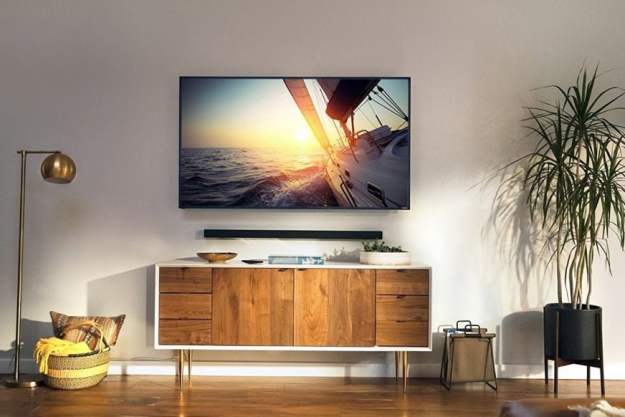
It’s a costly endeavor, but if you have between $1-$2 million to spend, IMAX will come to your not-so-humble abode and build you your very own private home theater featuring the latest and greatest of the popular imaging technology.
No stone or inch will be left unturned because the company will factor in everything from the room’s geometry, seat placement, acoustics, 7.1 surround sound — basically, all the pieces that complement the giant floor-to-ceiling screen. Oh, and even if your dream mansion hasn’t been built just yet, IMAX will also work with architects and developers to make it happen.
To sweeten the deal, it will also one-up the technology movie goers are used to at public theaters by installing dual projectors with 4K resolution, one that does 2D and the other 3D. The added bonus is the projectors can display on a monstrous screen 120-feet wide, rather than the typical 71-foot size. Not to worry though, local theaters will be scooping this up this year, so the rich and famous won’t have the luxury of early adoption for too long.
And if all that wasn’t enough, IMAX will keep a full commitment to maintaining the technology by offering 24/7 support and constantly monitoring the setup to make sure it’s running as promised.
When IMAX says this is available to “a select few”, it didn’t confirm whether that meant a limited number of installs it could handle, or just those who could afford it and had the space to fit it all in.
Editors' Recommendations
- Best Samsung TV deals: Save on 4K TVs, QLED TVs, OLED TVs, 8K TVs
- Best Vizio TV deals: Cheap smart TVs starting at $90
- Best OLED TV deals: Save on LG C3, Samsung S90C, and more
- Best 75-inch TV deals: Get a big screen from $500
- Best TCL TV deals: 4K TVs as low as $150




